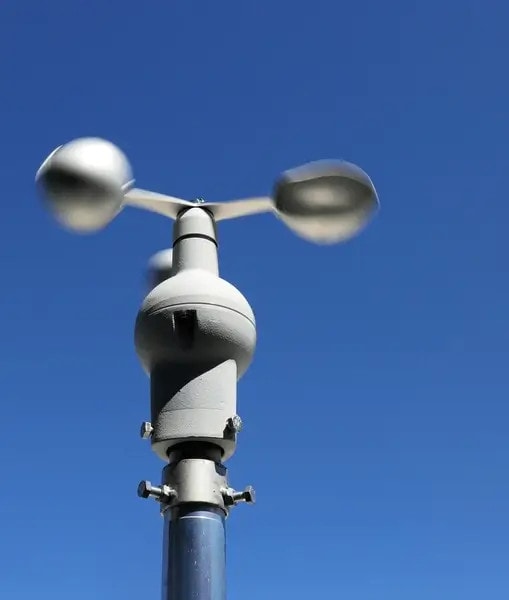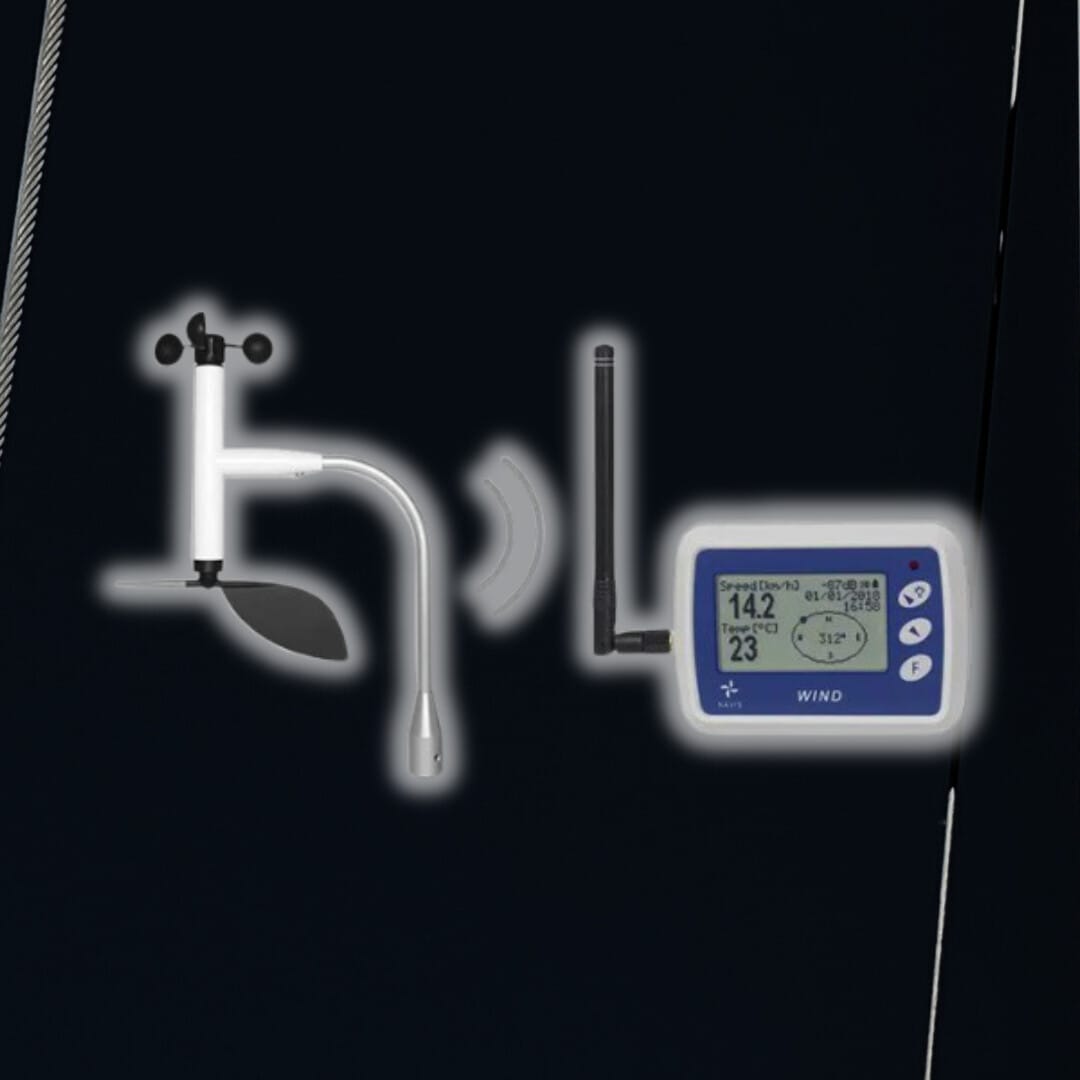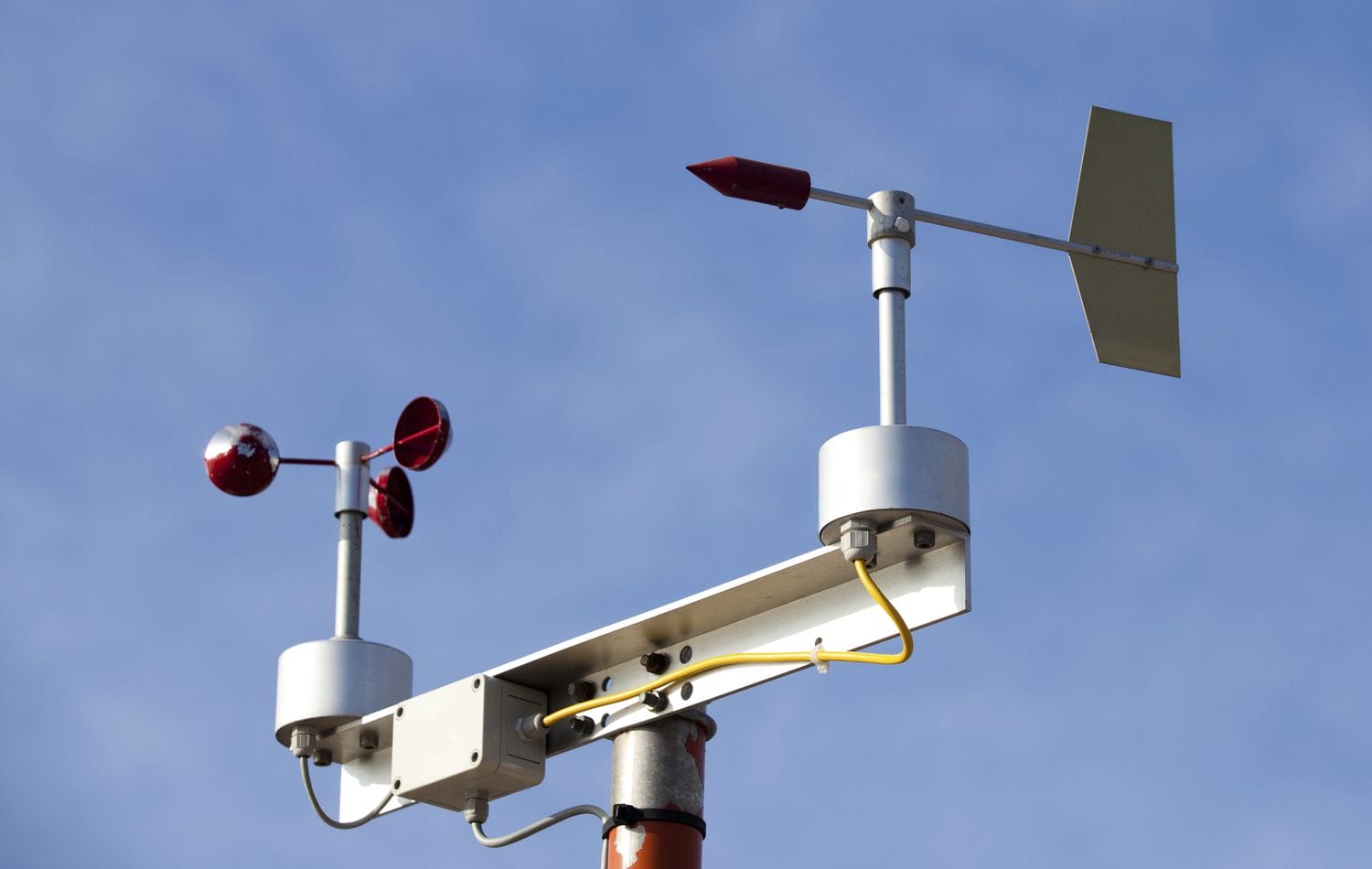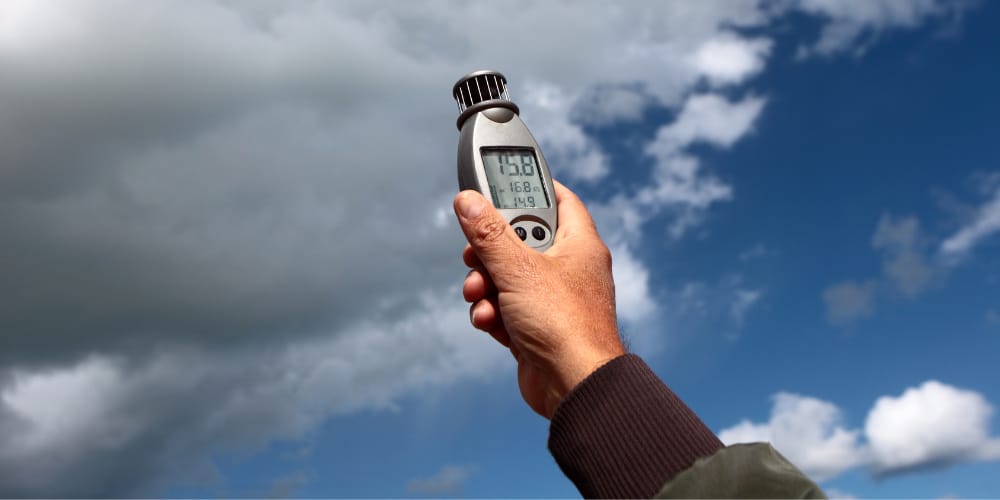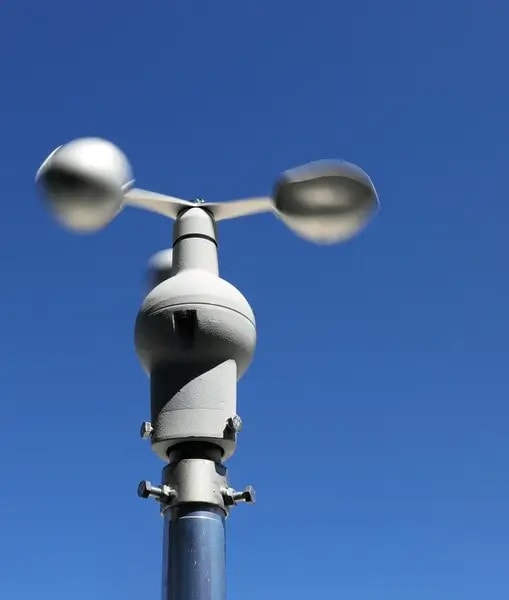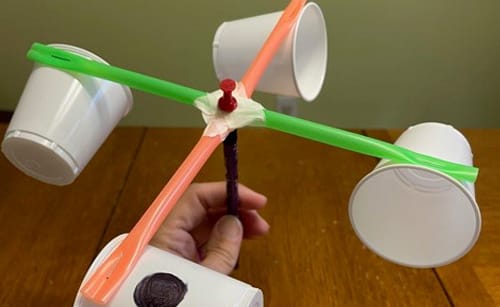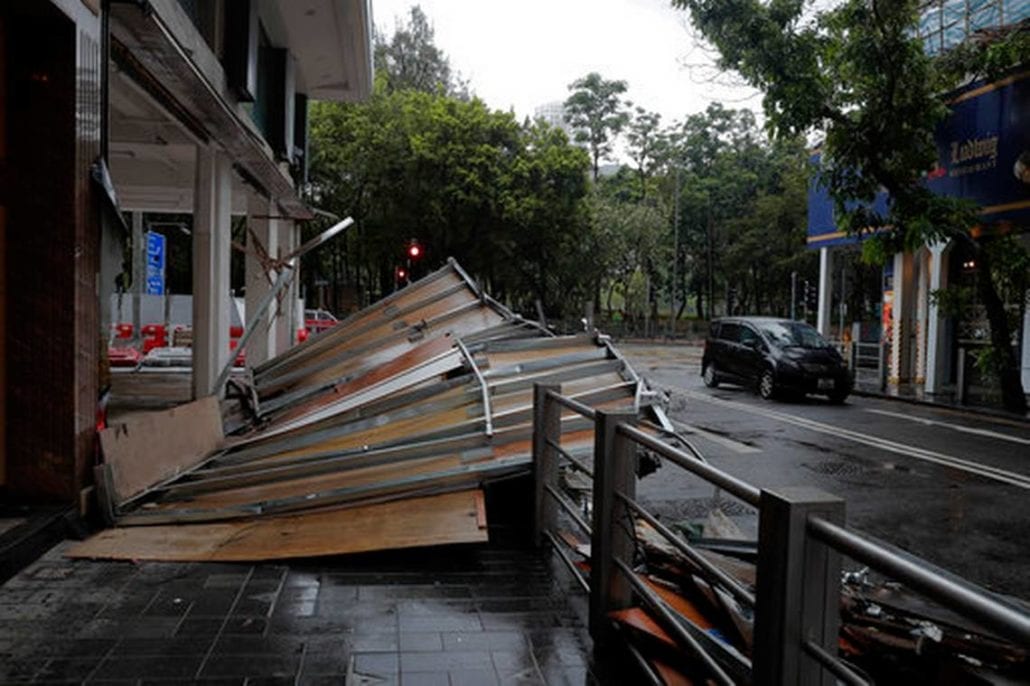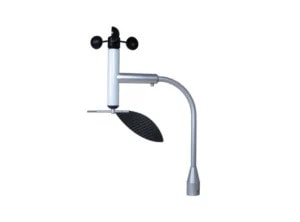
The invention of the anemometer gave meteorologists a tool that could measure wind speed and direction accurately, turning weather forecasting into a more precise science. Before this, predictions relied mostly on observation and experience. Reliable wind readings allowed experts to track storms, shifts in air pressure, and changing weather patterns with confidence. Communities, farmers, and pilots could plan ahead and reduce risks. Over time, anemometers became essential in building better forecasting models. This article takes you through everything you need to understand about anemometers and how they transformed how people interpret and respond to weather, making daily life, work, and safety more predictable.
Forecasting Before Anemometers
Before anemometers, predicting the weather relied mostly on observation and experience. People watched cloud movements, felt the wind, and noted changes in temperature or pressure to guess what might happen. These methods worked occasionally but were often unreliable, especially during sudden storms or shifting winds. Farmers, sailors, and travelers faced high risks because accurate information was limited. Communities had little warning about severe weather, which could lead to damage, delays, or danger. Forecasting lacked the precision that modern tools now provide.
Why Observation Alone Wasn’t Enough
Before the introduction of precise wind-measuring tools, people relied heavily on what they could see and feel to anticipate the weather. Farmers, sailors, and outdoor workers often guessed how strong winds were based on cloud movement or the sway of trees. Such methods gave a general sense of changing conditions but failed to capture exact speeds or sudden shifts. Even skilled observers can miss small but significant changes that might impact crops, travel, or safety. Accurate readings became necessary to provide reliable information that communities and professionals could depend on for planning and daily decisions.
Why Wind Speed Changed Everything
Understanding anemometers transformed how people approached weather. Accurate measurements gave farmers, sailors, and planners confidence that their decisions were based on real data rather than guesses. Sudden gusts or calm spells could now be quantified, improving safety and efficiency in daily work. Weather models become more reliable as consistent wind readings allow forecasters to predict storms and rainfall more precisely. Communities started using this information to schedule activities, protect crops, and guide travel, making wind speed a key factor in practical, everyday decisions.
Anemometer Invention and Adoption
The development of the anemometer changed how people understand and measure wind, opening new opportunities for forecasting and planning. The science behind measuring wind made it possible to transform invisible air movement into numbers that could be recorded and compared over time. The adoption of these tools allowed communities and industries to rely on measurable data instead of guesswork, improving safety and decision-making in daily life.
The Cup Anemometer Breakthrough
The cup anemometer offered a simple but effective solution for measuring wind speed. Small cups attached to arms rotated as the wind pushed against them, and the rotation speed translated directly into measurable readings. Observers could now quantify wind consistently instead of estimating it visually. This innovation gained attention quickly because it could be applied in multiple settings, including agriculture, navigation, and early weather studies, offering practical insights that were previously unavailable.
Weather Stations Start Recording Wind
As cup anemometers became more common, weather stations began installing them to collect consistent wind data across regions. Regular recordings allowed forecasters to detect patterns and shifts that were previously missed. Combining observations from several locations gave a clearer picture of local conditions, helping communities and businesses prepare for changing weather. The availability of continuous, accurate readings improved public trust in forecasts and made weather stations central points for reliable information.
Wider Use in National Forecasting
National forecasting services quickly recognized the advantages of widespread anemometer networks. Measuring wind speed and direction at multiple points helped track storms, air pressure shifts, and seasonal variations more accurately. Integrating these measurements into broader systems allowed forecasters to issue timely warnings and guide agriculture, transport, and emergency planning. Anemometers became standard tools in national weather infrastructure, connecting localized observations to a larger understanding of climate behavior and supporting smarter, safer decision-making nationwide.
Impact on Forecast Accuracy
The introduction of anemometers brought a new level of precision to weather forecasting, changing how meteorologists understood wind patterns and their effects. Reliable wind measurements allowed forecasters to predict conditions that once relied on observation and guesswork, creating forecasts that people could trust and act on. These tools opened opportunities for improving storm warnings, daily weather predictions, and long-term climate monitoring across communities and industries.
Stronger Storm Predictions Became Possible
Understanding wind speed and direction at multiple locations gave forecasters the ability to anticipate storms with greater confidence. They could track gusts, shifts in airflow, and pressure changes that often signal approaching severe weather. Accurate readings helped warn communities, farmers, and transport operators ahead of time, allowing preparations that could reduce damage and protect lives. The availability of consistent wind data made storm tracking less uncertain and increased the reliability of forecasts in regions prone to sudden weather changes.
Better Inputs for Weather Models
Anemometer data became an important input for emergent forecasting models. Meteorologists can now use recorded wind speeds and directions to feed simulations and calculations, improving predictions of rainfall, temperature shifts, and storm paths. Patterns that were once invisible now appeared in the data, helping forecasters adjust predictions daily. This allowed for more precise guidance that supported public safety and planning, from aviation to agriculture.
Long-Term Trends Became Easier to Spot
Regular wind measurements made it possible to analyze seasonal and yearly trends. Long-term data revealed shifts in climate patterns and helped identify areas that experients stronger winds or unusual changes. This information supported policy decisions, resource management, and infrastructure planning. Communities benefited from understanding how wind behaves over time, giving them the tools to prepare for both everydaily weather and larger environmental changes.
Role in Modern Forecasting Systems
Anemometers remain at the center of modern forecasting, linking traditional observation with advanced technology to provide accurate wind information. Their measurements help meteorologists, emergency planners, and communities understand daily weather and anticipate changes that could impact safety and livelihoods. Wind data is collected across multiple platforms and integrated into systems that track conditions locally and globally, ensuring forecasts reflect actual atmospheric movement.
Used in Balloons, Satellites, and Drones
Modern meteorology relies on a variety of tools to capture wind data at different heights. Weather balloons carry anemometers into the upper atmosphere to measure air movement that affects storm formation and temperature changes. Sattellites observe wind patterns across continents and oceans, creating a global picture that ground measurements cannot capture. Drones provide flexible options, allowing teams to gather data over specific locations or hard-to-reach areas, giving forecasters information they can trust.
Feeds Data into Global Models
Wind readings collected by instruments feed directly into computational weather models. These models simulate the behavior of air masses, helping meteorologists predict rainfall, temperature shifts, and potential severe weather events. The constant flow of data from land stations, balloons, satellites, and drones ensures models remain accurate and responsive to changing conditions. This integration improves discision-making for aviation, agriculture, and transport sectors.
Supports Public Safety Alerts
Real-time wind monitoring supports early warning systems that protect communities. Sudden gusts, storm intensification, and unusual shifts in wind direction can trigger alerts for schools, hospitals, and local authorities. Accurate measurements allow planners to act quickly, reducing risk and guiding communities to prepare effectively. This ongoing contribution makes anemometers an indispensable tool in maintaining safety across diverse regions.
Localized Forecasting Applications
Accurate wind measurement has transformed how communities respond to changing weather. Local forecasting now allows airports, farms, construction sites, and coastal areas to receive information that is tailored to their conditions. Anemometers placed in strategic locations ensure that decision-makers have real-time data to act quickly and keep people, property, and resources safe.
Wind Alerts at Airports
Air travel depends on careful attention to wind conditions. Airports use anemometers to track gusts and shifts that could affect takeoff and landing. When wind readings reach concerning levels, controllers adjust flight schedules, guide pilots on an approach, and alert ground crews. This constant monitoring reduces delays and maintains safety for passengers and staff.
Wind Guidance for Farms
Farmers rely on wind forecasts to manage crops, spraying schedules, and irrigation. Accurate wind data prevents pesticides from drifting into neighboring fields and helps schedule tasks during calmer periods. Anemometers placed around farms provide detailed measurements that support healthier crops and efficient farm operations.
Safer Construction Sites
High-rise building and crane work require continuous awareness of wind conditions. Sudden gusts can move heavy loads or destabilize equipment. Anemometers installed on towers or mobile platforms allow construction teams to pause operations safely and resume when conditions are stable. Clear, real-time data supports safer work and protects crews.
Coastal and Marine Warnings
Communities along the coast rely on wind monitoring to manage fishing, boating, and shoreline safety. Anemometers detect rising winds that could signal rough seas or approaching storms. Alerts based on these readings help fishermen, port operators, and residents prepare, reducing accidents and protecting livelihoods.
Future Outlook
Wind monitoring technology continues to advance, offering new opportunities for forecasting and safety. Smart anemometers now connect to networks that allow real-time tracking, remote monitoring, and automated alerts. Drones, weather balloons, and coastal sensors provide data in areas that were previously difficult to observe. These innovations make it easier to predict sudden gusts, track storm development, and plan activities that depend on wind conditions.
As systems become more connected, communities, industries, and governments gain tools to protect lives and manage resources more efficiently. Continuous improvement in sensor design, data analysis, and communication ensures that weather forecasts will remain accurate and actionable in the years ahead.
Conclusion
At WirelessWind, we understand how quickly wind conditions can change on-site. Our reliable anemometers and wind monitoring systems provide the real -time data your team needs to make informed decisions. We encourage you to contact us today so we can help you equip your crew with tools that improve safety, support operations, and give peace of mind during every lift.



